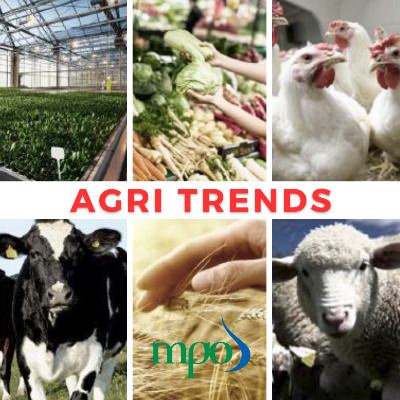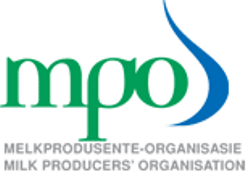
Export the maize in storage
There is less than five months of the annual marketing window left during which more sustainable price levels may be ensured for the following production year. Producers should use the current selling opportunities until end of September to export maize in storage before the next USA corn crop will be harvested. It is still possible to reduce this marketing’s year record amount of maize in storage from 4.2 million tons to 2.7 million tons by the end of April 2019. It is still not a sufficient reduction in stock levels but it will contribute to the sustainable production of maize in the next production season. A healthy cash flow qualifies for a sufficient production loan. Producers already commit themselves to export a significant portion of the old season crop in storage.
Highlights
Fibre
- The development of some of the areas for mining has reduced land available for Merino wool farming, therefore reducing supply.
- Major wool producing countries are faced with unfavourable seasonal conditions, predation, various land and political conditions limiting supply.
Grains
- Local soybean prices to trade sideways. Expect price support due to profitable crushing margins
- Increased maize deliveries, harvest pressure and storage costs may add more pressure to maize prices from end May 2018.
Livestock
- During March 2018, 204 617 head of cattle were slaughtered. This is 8.4% more head of cattle slaughtered month on month, but 17% less cattle slaughtered compared to the same time a year ago. Significant year on year declines in cattle slaughter is an indication of herd rebuilding process, following drought induced slaughter during 2015/16 season.
- During March 2018, 371 643 head of sheep were slaughtered. This is 17% more head of sheep slaughtered month on month, but 20% less sheep slaughtered compared to the same time a year ago. Significant year on year declines in sheep slaughter is an indication of herd rebuilding process, following drought induced slaughter during 2015/16 season.
- During March 2018, 237 346 head of pigs were slaughtered. This is 9.8% higher month on month, but 4.5% lower compared to the same time a year ago.
- Seasonally, we are moving into a colder winter period which is not supportive of outdoor grilling. This may weigh on demand prospects for beef, lamb and mutton. Demand for C grades normally improves during this time.
Published on Monday, 21st May 2018 - 07:42
Recent Posts
disclaimer









